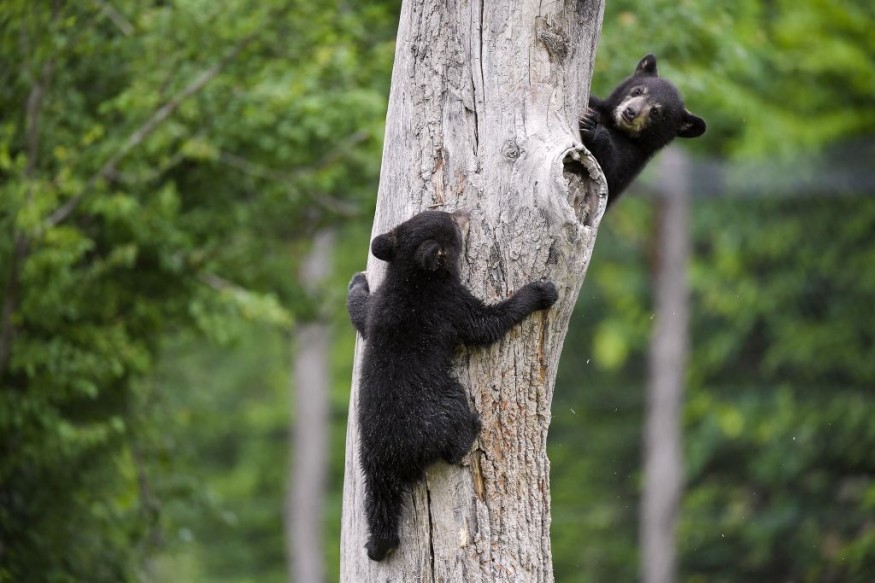After the San Diego Humane Society's rehabilitation efforts, two orphaned black bears finally returned to the wild or their native habitats. The significant rehabilitation has helped bears to live.
While formidable animals and predators, black bears are threatened and struggle to survive. Mother bears and their young are at risk due to various threats, including road construction, climate change, commercial development, global warming, and habitat loss.
Understanding the potential threats is important for conservation and protection efforts amidst the rising threats of climate change. Knowing these concerns can significantly avoid potential population decline.
Black bears released to wild in U.S.

In July, recent reports revealed that the California Department of Fish and Wildlife found two orphaned black bear cubs. They discovered that the cubs' mother died near the San Bernardino mountains.
The protection and care of mother bears are crucial for younger bears or cubs. Without a mother, cubs can be victims of predators and hunting or die from hunger. As a result, conservation and protection efforts are crucial to helping vulnerable animals like black bears.
When rescuers saved the cubs, they were underweight, reaching 12 and 15 pounds. Without human efforts, these bears can struggle to survive.
The San Diego Humane Society's Ramona Wildlife Center helped rehabilitate the two cubs. They were given significant medical treatment, improving their health and recovery
Limiting human interaction, the bears stayed in a large enclosure, which showed a similar natural environment. This enclosure helps develop significant foraging behavior, essential before releasing to the wild.
After nearly a year of protection and rehabilitation, the two bears became healthy and reached about 80 pounds. Their health will help them survive in the wild or their natural habitats.
The bears were microchipped and equipped with GPS collars to monitor their whereabouts. On May 15, they returned to where they were rescued.
The Ramona Wildlife Center also takes care of over 1,000 wildlife patients, such as bear cubs. It assists animals in reaching maximum health potential and survival rates in the wild. Effective rehabilitation is essential to saving animals and avoiding potential decline in the wild.
The role of wildlife restoration and rehabilitation
Wildlife rehabilitation is not easy. Specialized knowledge of different animals or species is needed for effective and successful rehabilitation. Rescuers ensure that animals will not habituate themselves to humans and limit interaction with wild animals.
Early intervention and rescue operations can increase the likelihood of injured or orphaned animals. Part of the process is providing appropriate nutrition for different species.
Additionally, community support or involvement is crucial for successful rehabilitation programs. Protecting animals from potential decline is important amidst habitat loss and climate change.
For more similar stories, don't forget to follow Nature World News.
© 2025 NatureWorldNews.com All rights reserved. Do not reproduce without permission.





